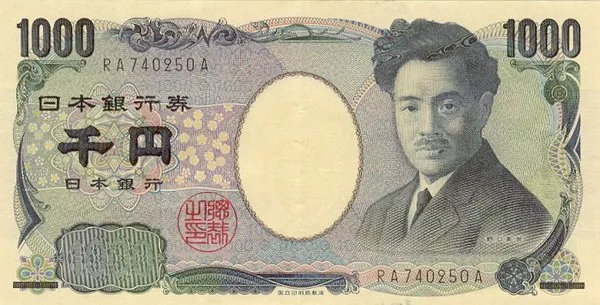In the Asian market on Thursday, USD/JPY exhibited resilience, putting an end to two consecutive losses but still descending to around 149.00. The pair faces formidable challenges due to growing uncertainty surrounding the Federal Reserve’s approach to interest rates.
Investors are now anticipating a potential shift in the Fed’s stance on rate hikes. Fed Governor Christopher Waller has advocated a cautious approach, emphasizing that the tightening of financial markets may naturally alleviate concerns. On the other hand, another Fed governor, Michelle Bowman, remains inclined towards further rate hikes due to persistent inflation levels exceeding the Fed’s 2% target.
The recently disclosed Federal Open Market Committee (FOMC) meeting minutes unveiled stark differences in opinion among Fed members. The minutes underscore the importance of data-driven decisions. Some within the committee emphasize the necessity of achieving a substantial increase in inflation as a prerequisite for consensus on monetary policy.
In economic news, the U.S. Producer Price Index (PPI) surged to 2.2% in September, surpassing the anticipated 1.6%. Attention now shifts to Thursday’s release of the Consumer Price Index (CPI), where forecasts indicate a possible dip to 3.6% from the previous 3.7%. Additionally, the market will closely monitor the forthcoming weekly jobless claims report.
Meanwhile, the U.S. Dollar Index (DXY) faces mounting challenges, with its value falling to approximately 105.50 at the time of reporting. These struggles are largely attributed to lackluster performances in U.S. Treasury yields, which currently sit at 4.54% on the 10-year note.
In contrast, the Japanese yen (JPY) continues to weaken, driven by the Bank of Japan’s (BoJ) commitment to ultra-loose monetary policy. Bank of Japan board member Asahi Noguchi emerged as a significant voice on Thursday, emphasizing the central bank’s caution in anticipating accelerated wage growth. Noguchi attributed inflation to rising import prices, including currency factors, and acknowledged the considerable gap in reaching the 2% inflation target.
Noguchi firmly stated that immediate adjustments to the yield curve control (YCC) policy were unnecessary. He emphasized the need to push real wages into positive territory and expressed a goal of achieving wage growth closer to 3%, without specifying a timeline.
Earlier in the day, Noguchi asserted that if central banks maintain interest rates and inflation moderates, the risk of a hard economic landing would be mitigated. He highlighted Japan’s gradual economic recovery and stressed the importance of maintaining a flexible approach under the yield curve control (YCC) policy, in line with rising inflation expectations. This approach aims to strike a balance between fostering economic recovery and managing inflation expectations effectively.


